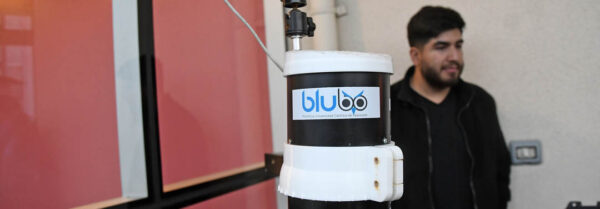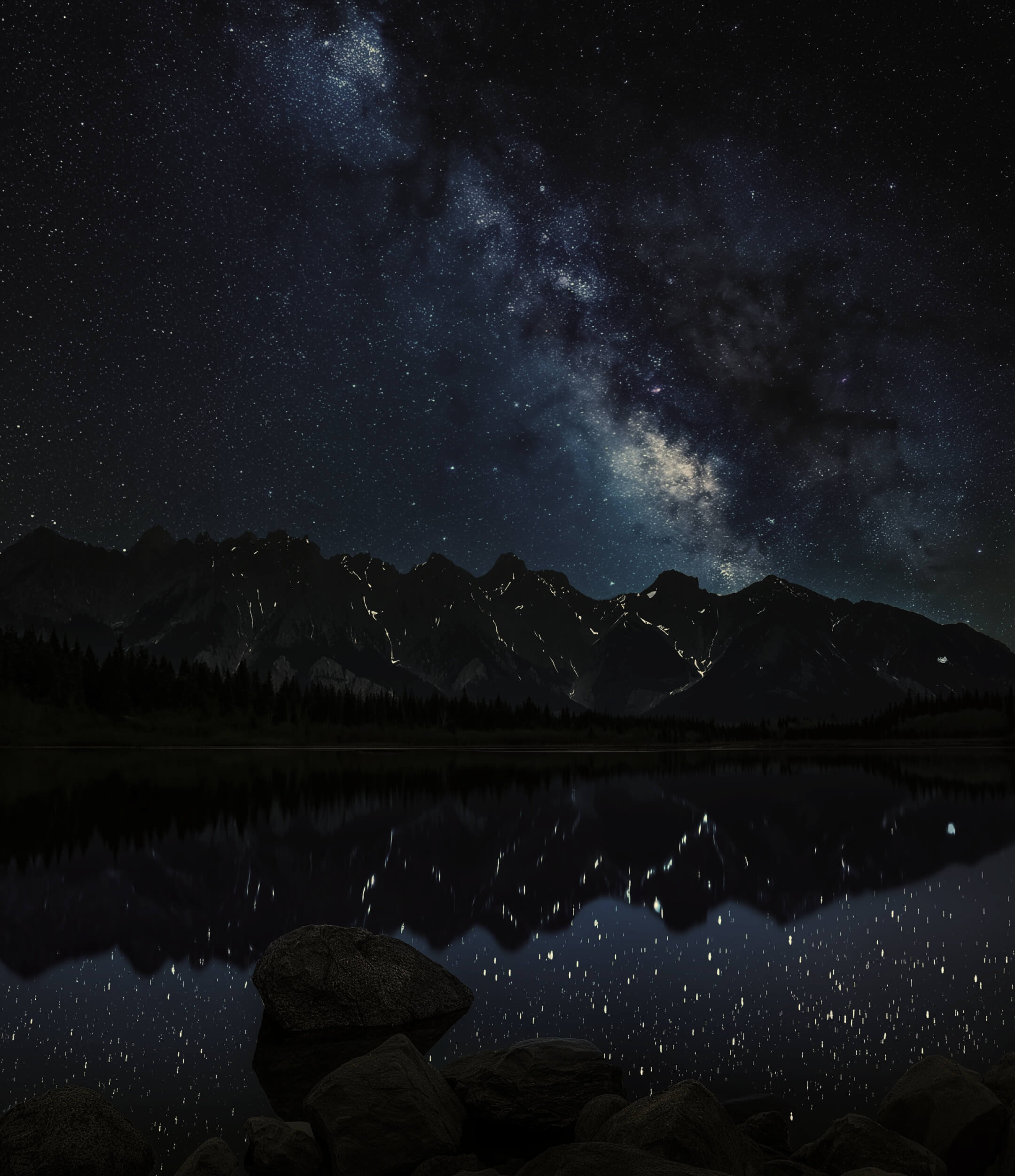PUCV presents Blubo: the new tool for measuring the brightness of the night sky made in Chile


Posteado
Cielos Chile
schedule Wednesday 24 de July
Within the framework of the FONDEF project “Spectrum&SkyGlowMonitor”, a team of university academics created a tool to study light pollution throughout the country. The initiative, which stands out for having a lower cost than other alternatives, is specially designed to monitor compliance with the New Lighting Standard.
Two years ago, a team of researchers from the Light Pollution Group of the PUCV School of Electrical Engineering observed that the local academy did not have protocols, methodologies, or the necessary instruments to measure the impact of light pollution on the night sky in Chile.
Sebastián Fingerhuth, an academic from the PUCV School of Electrical Engineering and part of this research group, says that this motivated them to approach the Ministry of the Environment and offer to solve this problem through a new tool. “The big goal of our project was to observe the change in sky brightness over the years, and our specific goal was to design equipment that serves this purpose,” he explained.
Despite the existence of technology to measure sky brightness, the team opted to create their own tool. Iván Kopaitic, head of the Photometry and Quality Control Laboratory at PUCV, who was also part of the project, pointed out that this is due to three reasons: “The sensors currently available have a sensor that is already discontinued and at some point may run out. Additionally, the New Lighting Standard has a super specific blue light range, so the blue filter we have is specific to the Chilean standard. And we did it to be able to develop our own technology, which allows us to mass-produce it and install it throughout Chile more easily,” he pointed out.
Blubo, the technological owl that monitors the brightness of the night sky
After the awarding of the FONDEF-ANID, with the support of the Ministry of the Environment, associated companies, and lighting consultants, the team of academics designed the tool, which works through a small light-sensitive sensor.
“The tool captures light and transforms it into electrical impulses that can be measured, calibrated, and compared with other measurements. It is a kind of camera that captures all the light coming from the sky,” explained Iván Kopaitic.
The tool was coined as Blubo, a word composed of “bubo,” which means owl in Latin, and “blue,” which means blue in English. The name alludes to the owl’s ability to see in the dark and the tool’s function of detecting blue light in the brightness of the night sky.
The next steps for Blubo
During the presentation of the project results within the framework of the Light Pollution Measurement Seminar in Chile 2024, Sebastián Fingerhuth explained that one of their objectives is to contribute to the advancement of a monitoring network of the brightness of the night sky throughout Chile, and that this easily accessible measurement tool can be used.
For this reason, the project also includes the publication of a measurement methodology, so that those who want to use it know how. “This consists of a user manual for the equipment and a measurement manual, for example: where to position the equipment, how it is connected, and some recommendations for making a clean measurement,” added Iván Kopaitic.
Within the next steps of the project, with the cooperation of the Cielos de Chile Foundation, it is expected to be able to manufacture more of these tools and install them in various locations. In this regard, Daniela González, executive director of the institution, stated that: “Within the framework of our alliance with PUCV, our objective is to make this network grow and be able to measure the impact of light pollution on the brightness of the night sky throughout the country.”
Currently, the Light Pollution Group of the PUCV School of Electrical Engineering is working on a second project to create a technological tool and a methodology that allows identifying sources of light pollution from the air. The objective of this tool will be to facilitate the supervision of the Superintendence of the Environment to polluting sources in light of the beginning of the New Lighting Standard.

Subscribe to our newsletter
Receive relevant information about the skies of Chile every month
